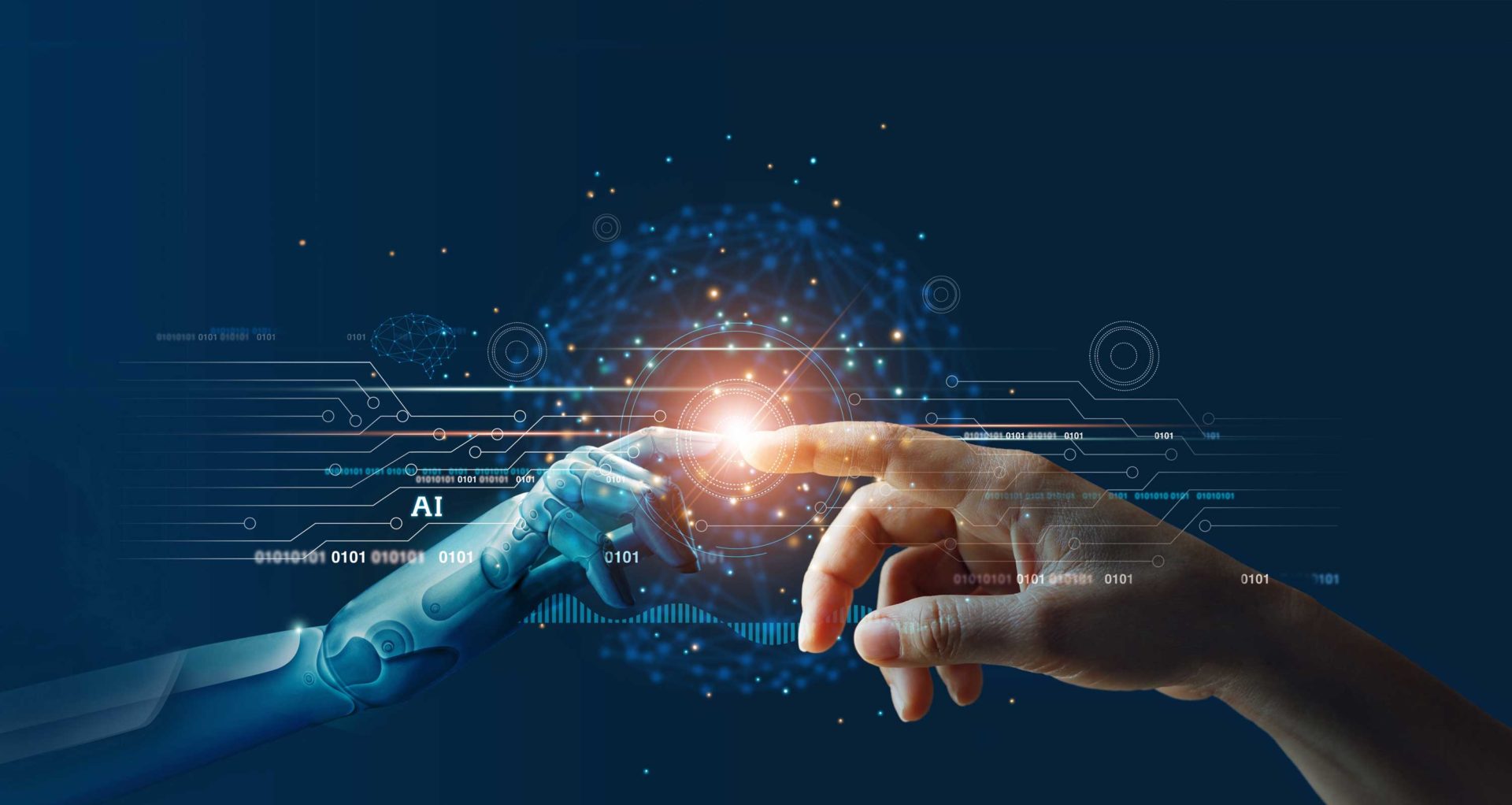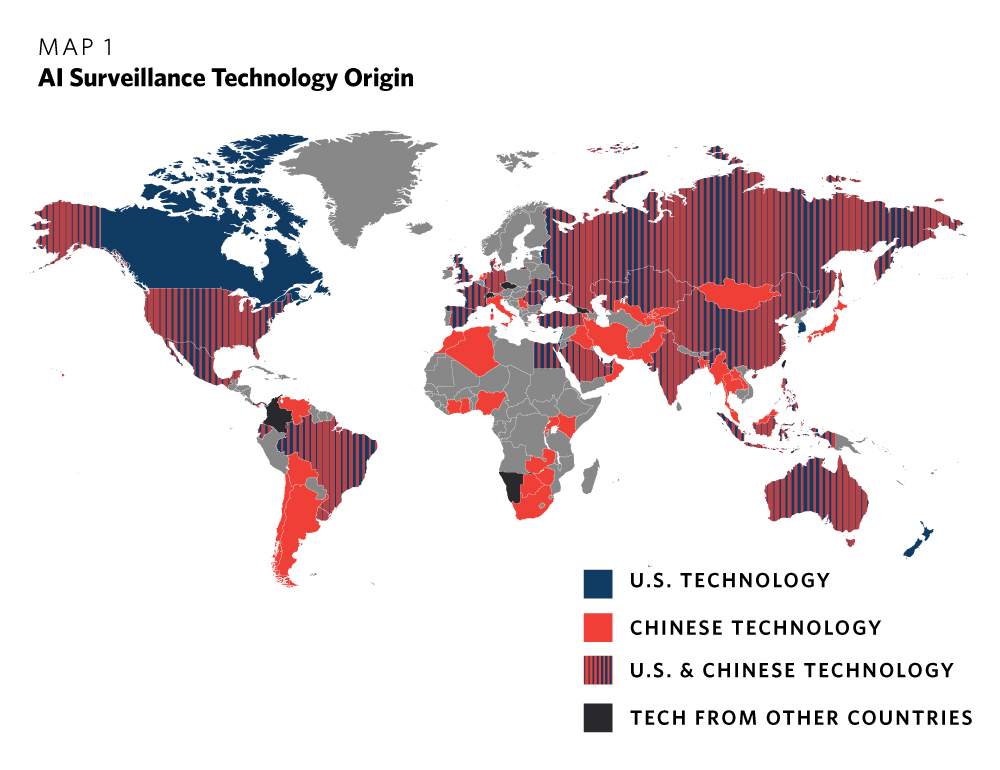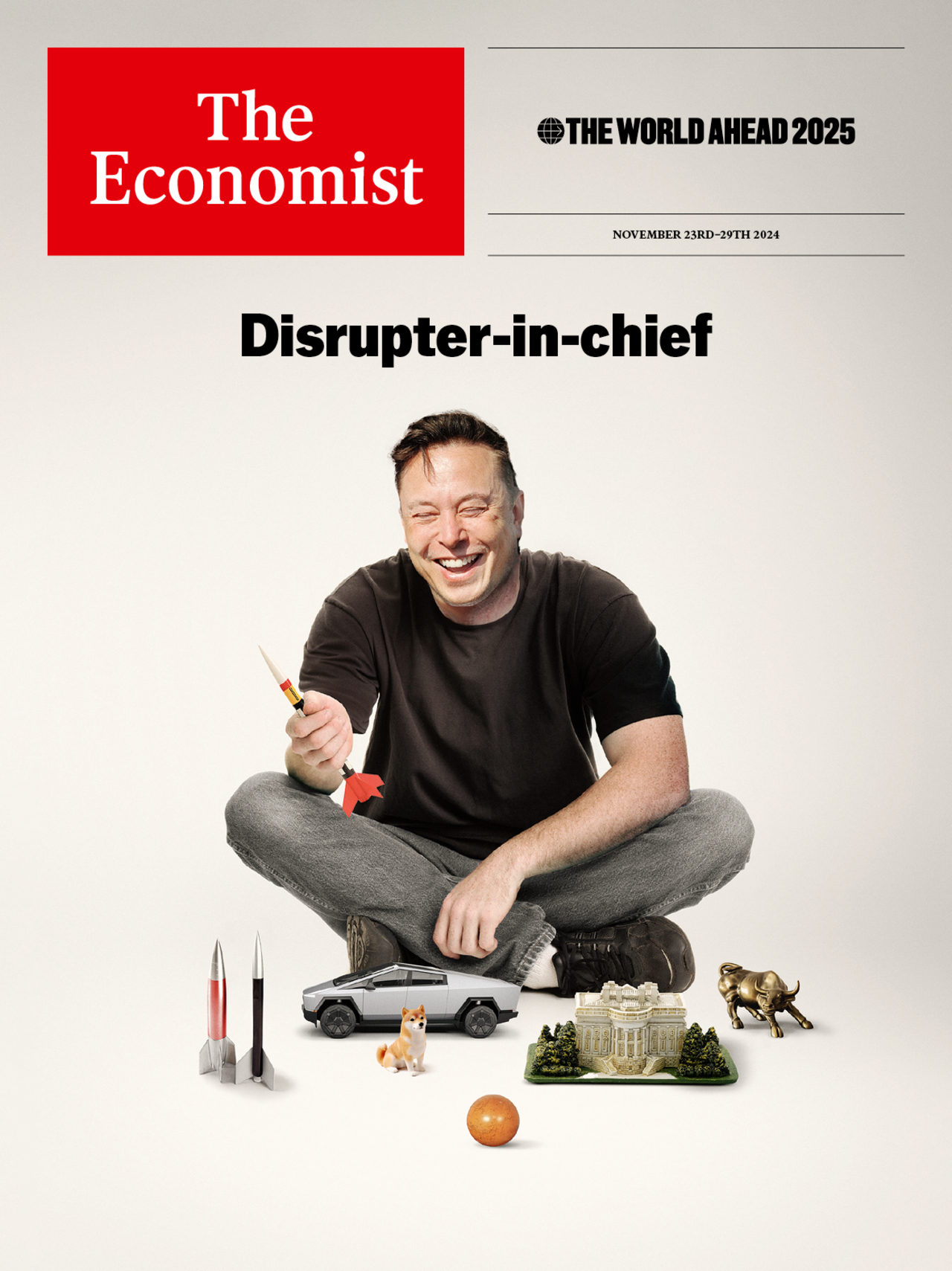The Future of Construction: How AI and Tech are Revolutionizing the Industry
The construction industry has long been associated with manual labor and traditional techniques. However, with the ongoing worker shortage and increasing demand for efficient building practices, companies are turning to artificial intelligence (AI) and other technologies to revolutionize the way they work.
AI-powered construction equipment
According to Jim Barrett, chief innovation officer for Turner Construction, the nation’s largest building company, the industry is facing a chronic worker shortage. For every five construction workers that retire, only two new workers emerge to fill those openings. To fill this void, construction companies are leaning into high-tech solutions.
Drones equipped with AI technology are being used to map out building projects and predict obstacles, keeping projects on time and on budget. AI is also being used to train robots that transport and lay bricks at traditional job sites, as construction company owners and site managers seek new ways to make up for smaller workforces.
Drones in construction
The new tech is not only increasing efficiency but also helping to engage a new generation of construction workers. Barrett believes that technology is bringing a modern twist to what many consider an “old-school” trade. “Cool and construction don’t always go in the same sentence,” Barrett said. “(But) I think the cool factor is increasing very significantly.”
One example of this technology in action is Caterpillar’s Cat Command system. This technology allows operators to control construction equipment remotely, using a combination of video monitors, microphones, and control panels to navigate the equipment. This not only increases efficiency but also makes the industry safer and more accessible to workers who may not be able to physically be on site.
Caterpillar’s Cat Command system
While the cost of implementing AI and other technology can be a barrier for smaller companies, the willingness to invest in some level of technological advancement has become necessary in allowing companies to remain competitive for larger and more technical projects. Barrett argues that this technology would put small-to-medium-sized construction companies on even footing with their larger competitors.
“Artificial intelligence will transform our industry more in the next 10 years than any other innovation has in the last 100 years,” Barrett said.
The introduction of new technology has also led to an increase in young people pursuing skilled labor rather than college. According to the National Association of Home Builders, the median age of a construction worker in the U.S. is 42 years old. However, the number of construction workers under the age of 25 jumped by 1.8% between 2015-2022.
Construction workers on site
There is a concern that new technology could replace humans doing real construction jobs. However, Barrett believes that technology is necessary to allow companies to tackle more expensive and advanced projects being put in front of them with seemingly no end in sight to the industry’s job shortages.
The 30-year veteran at Turner Construction expects AI to only gain more traction over the next decade. However, he said that construction managers have to walk a delicate line in convincing workers that technology isn’t being used to take someone’s job, but instead to make current employees’ jobs easier.
“AI can be put in the hands of the average person to enhance and augment their capabilities,” Barrett said. “You don’t have to rely upon specialists, you don’t have to hire expensive software developers. You can place tools like Chat GPT in the hands of less-skilled, less experienced people, and suddenly, they can do things that you wouldn’t expect other than from someone with 10 years more experience.”


 Photo by
Photo by 









